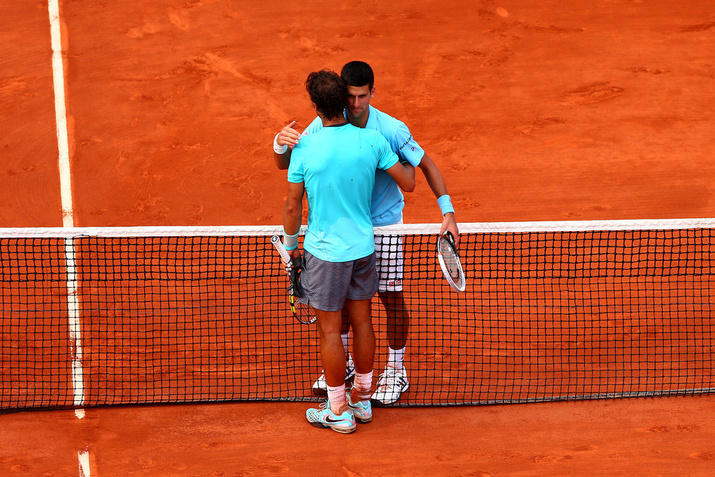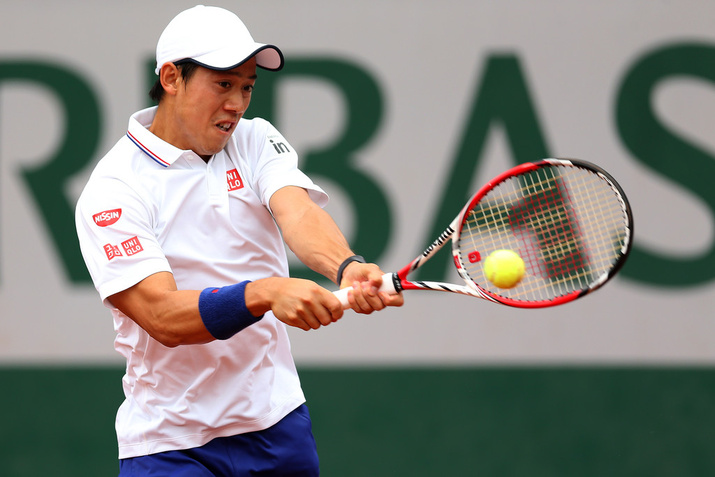Don't miss any stories → Follow Tennis View
FollowWhy Extending the Grass Season Would Help Players and Fans
The conclusion of the French Open brings with it the end of the European clay season as we turn our focus to the brief grass swing. But with just two weeks between the end of the clay season and the climax of the grass season, it’s time for the International Tennis Federation to act on repeated calls to re-examine the tour schedule and space the Grand Slams further apart. This move would be extremely beneficial not only for the players but for the crowds and fans eager to see a longer lawn season.

While Rafael Nadal won his record ninth French Open title, stamping his absolute authority over the rest of the field on clay, many were already practicing on grass, preparing for a short but strenuous span of the season. From the moment Nadal hoisted the Roland Garros trophy, there were approximately 15 days until play gets underway on Centre Court at Wimbledon. Compared with the two-month lead-up to the French Open and the seven-week lead-up to the US Open, the time between the French Open and Wimbledon is notably minimal.
The ITF has understandably attempted to schedule each Grand Slam in the northern hemisphere during the peak summer season. But the decision to cram three of these tournaments into a three-month period is shortchanging the British grass season, which is a favorite among many tennis traditionalists.
The ITF has seemingly attempted to rectify this scheduling flaw, for the time between the end of the clay season and the end of the grass season has been widened to five weeks in 2015. However, this doesn’t resolve the issue at hand because what makes the calendar scheduling particularly chaotic is that the three mid-season Grand Slams are played on three different surfaces. And the shortest time difference occurs between the surfaces with arguably the biggest difference.
Clay and grass are polar opposites and have vastly different effects on player and ball movement. To suggest that two weeks is an appropriate amount of time for players to make the kind of adjustment needed for such a significant change in playing environment is reckless and endangers player welfare. This was not more evident than in the photo depicting Rafael Nadal showing up to practice on a grass court just 18 hours after winning the French Open.
While the professional tour is arguably the toughest in the sporting world, ensuring that only the world’s best athletes ascend it, it is unreasonable the tennis governing body to expect players to make such significant changes in such a short space of time.
A rearrangement or an extension of the season to accommodate for a longer break between the clay and lawn seasons would reduce the risk of injury, and it would also allow players to gain and sustain short bursts of momentum on a surface during each “mini-season.” Kei Nishikori is an example of a player who was unable to continue his momentum in his most successful clay season to date. He performed extremely well in Barcelona, winning his first singles title on clay. He then made the Madrid Masters final, where he won a set off Nadal. But Japan’s top man was unable to make the most of his early clay season form, succumbing to a hip injury in the final set of the Madrid Masters final. The injury also lingered, which led to Nishikori being ousted in straight sets in the first round at Roland Garros.

If there was any consistency of time between the three Grand Slams during the summer, players could more appropriately prepare for the lead-up and schedule their other mid-season events accordingly. There is no particular reason why the clay season is given such a long lead-up, and the lawn swing is cut so short. There is plenty of room for rescheduling, considering the amount of time between the Australian Open and the French Open is so long. There is also room to move in the fall season, where the time period between the US Open and the official end of the season is so long. With the huge amount of room to move available for the ITF, it seems logical to reschedule events across the mid-season so that each Grand Slam is given the appropriate preparation time. While it may not particularly be in the corresponding city’s peak season, it would allow players to find momentum and rhythm on a tour in which the environment is constantly changing.
In using cutting-edge technology in its stadiums and its match play, or adjusting surface speeds to make surfaces more suitable for players and more entertaining for fans, the ITF has shown an open mind for change. However, there are few changes currently more warranted than the extension or rescheduling of events around the clay and lawn surfaces. And few changes would make a more positive effect than the balancing out of the current playing schedule, ensuring that players remain the top priority.










